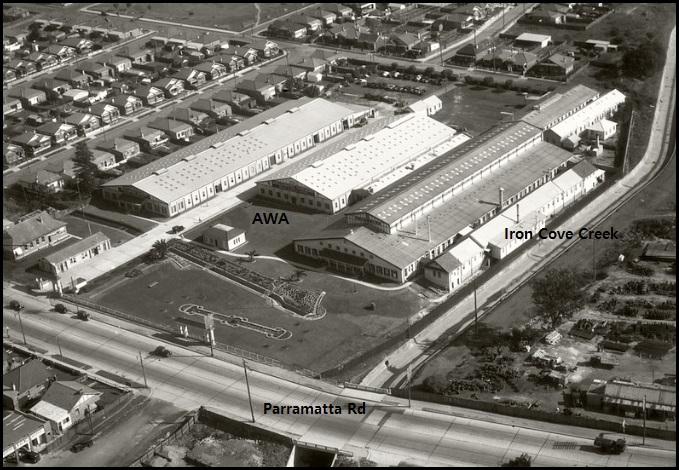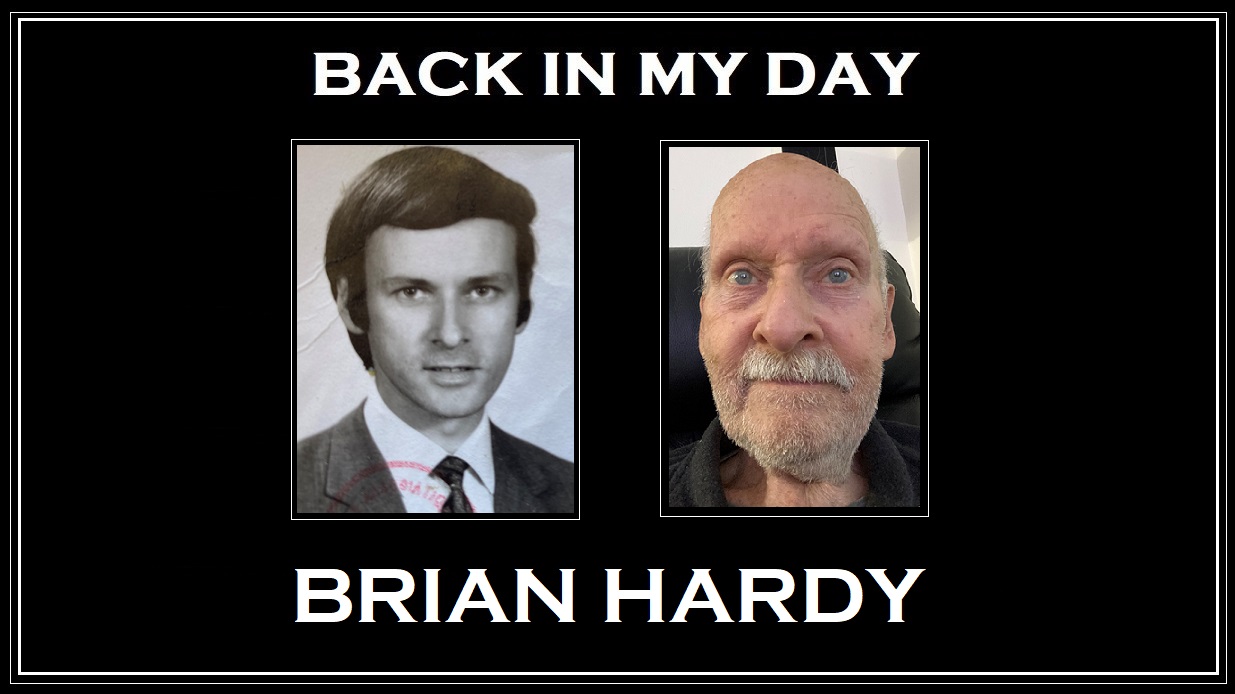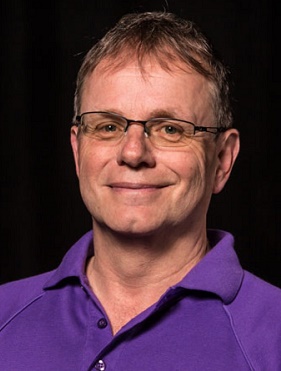‘Back in My Day’ is an Information Age series profiling some of our older ACS members and Information Age readers speaking about their early days in IT.
This week, we speak with Brian Hardy, aged 82, from Sydney in New South Wales.
Can you tell us about your background?
I was born in the early days of WW2 and grew up in the UK, in a small town outside London called Hampton Court, which was exposed to Nazi air raids because we were close to military targets, including an aircraft factory.
We had an air raid shelter in the back yard, and I remember us running to the shelter whenever the sirens sounded and we heard the thundering rumble of propellers above.
Although I was afraid, at the same time I was fascinated by the low-flying aircraft and felt that my interest in technology was sparked way back then.
This continued into my school years, where I’d bury my head in my father’s encyclopedias after finishing homework and read about technical subjects, with a special interest not just in the ‘how’ but also in the ‘why’.
At age 11 my father introduced me to cryptic crosswords in the Times of London, which require advanced analytical skills, and I’d compete with him to find solutions. This strengthened my passion for problem solving.
How did you make a connection to computing in those early years?
It was through the official release of the amazing work of Alan Turing and the team at Bletchley Park in cracking the Nazi Enigma code, and his invention of the computer that further inspired me.
He’d conceptualised a machine that would enable the execution of mathematical tasks much faster than the human brain, and after finishing school I studied electrical engineering, which was the closest discipline to computing at the time.
Were you able to transition into a relevant role?
Yes, but only after migrating to Australia as a ‘ten-pound pom’ in 1961.
Although there were only around 75 computers in the entire country at the time, I was lucky to obtain a trainee role in the tiny computer department of AWA (Amalgamated Wireless Australia) in Sydney.
When I enquired about what led to my success in obtaining the highly competitive position, much to my surprise, I was told that it was my cryptic crossword ability that set me apart.
What was the computing environment like at AWA?
There were only four of us and we worked on a Bendix G-15 machine that used magnetic drum memory, a typewriter and plotter for output, and punched cards and paper tape for input.
My role involved machine-level coding, in pure binary or hexadecimal, and I was fortunate to work with luminaries like Phillip Grouse and Monte Sala.
A major challenge in this computing environment was writing machine code that could reduce program execution times to an acceptable level.
This involved physically placing the instructions in rotating drum positions that would result in the read head being at the next instruction when the previous one completed, by taking execution time and rotational speed into account.
If the execution code was simply placed on the drum sequentially, at least one rotation would be needed to access the next instruction.
How did your AWA experience end up?
My main role had been to develop programs for internal use by the AWA factory in Ashfield and I also undertook inside-the-box preventative maintenance duties with the hardware and managed the G-15’s punched card input/output devices.
Over my three years with AWA, I learnt an enormous amount (even figuring out how to “patch” errors in punched card programming by inserting a “chad” into an incorrect card hole) but with IBM technology becoming the industry standard and Bendix fading away, I chose to depart AWA.

The AWA factory in Ashfield, Sydney. Photo: Royal Australian Historical Society
Where did you go next?
In 1964 I was recruited by the North Sydney branch of ACN (A. C. Nielsen), a company known for collecting TV audience ratings, which was also doing statistical research into grocery stores.
My role involved supporting and maintaining programs on their early generation IBM 1620 computer system and developing requirements for migration to the new IBM System/360 series.
The benefit of the IBM 360 was that we could now write code in clean assembly language, rather than struggling with the awkward machine code of the 1620, with its variable word lengths, flag bits, indirect addressing, and other challenges.
Why did you choose to write in assembly language?
It was the best option at the time.
Although IBM had announced that a new programming language was under development for the System/360, it wasn’t launched for another two years.
Named PL/I it never really caught on, having huge compiler overheads and interpreting anomalies, as well as using instructions from Fortran and COBOL that worked differently within the PL/I context.
I’m glad to report that the new system was also taken up by the South African and New Zealand ACN subsidiaries and, following on from this, in 1966 I was seconded to Nielsen Europe HQ in Switzerland for six months to assist with creating a system to service all of their European associates.
How did your career progress from there?
I was appointed to an Associate Directorship and joined the company’s international IT management team, which required regular overseas travel, but I still maintained a hands-on role locally.
During the 70s and 80s, with the introduction of PCs that were connected to the central host computer, there was a bit of rebellion by some senior managers who didn’t want to be tied to a computer in their office and would push the PC to the furthest extremity of their desk.
They should see our workplaces now!
But as IT professionals we did manage to win them over, eventually.
After 25 years with ACN, in 1988, I decided to move to another company, Abbott Pharmaceuticals.
What was your role with Abbott?
I guided the company-wide introduction of the IBM PS/2 range of personal computers which were populated with DisplayWrite 4, Lotus 1-2-3, and Harvard Graphics.
These were initially attached to an IBM AS/400 mainframe via Ethernet, and subsequently migrated to the emerging TCP/IP technology to allow Internet access.
I remained with Abbott for 12 years, even creating a humorous newsletter to provide guidance for PC users, and decided to retire at age 63.
Did you stay involved with computers?
Yes, for three years I volunteered for the local Legacy Computer Group, teaching retirees basic computing skills.
But what I’ve avoided like the plague is social media and it’s disappointing to see that 80% of all Internet traffic today is mindless “likes”, follows, and “look at me’s”, as well as being used as a vehicle for bullying and abuse.
On the more positive side, my favourite quote regarding the IT industry today is from Alan Turing:
“Sometimes it is the people no one can imagine anything of who do the things no one can imagine.”










